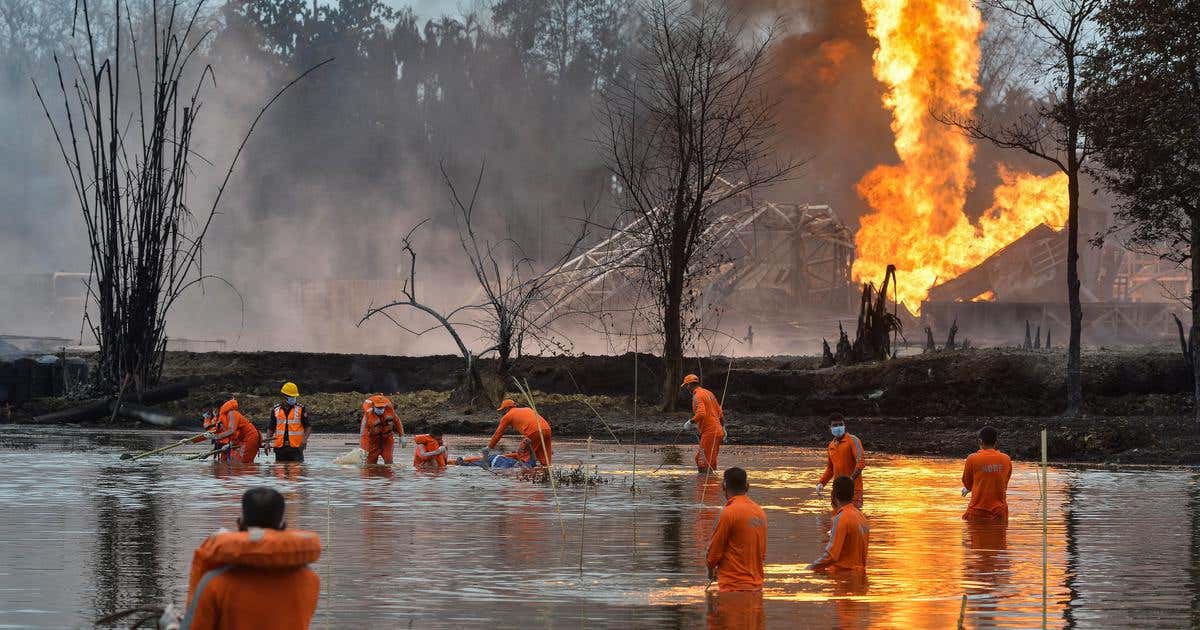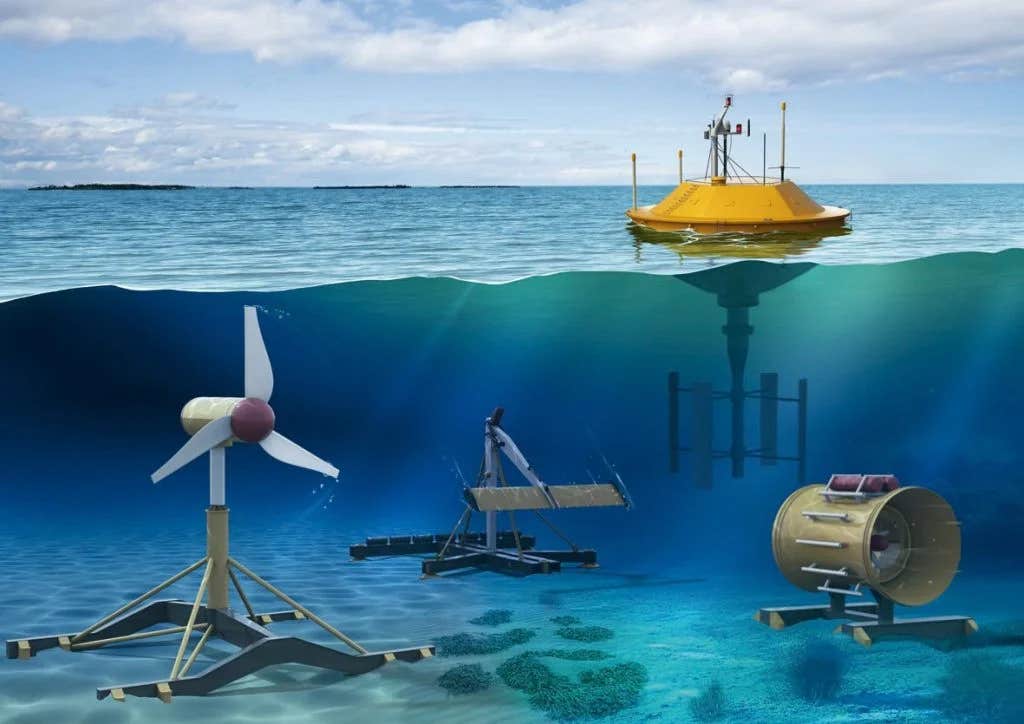Leak-detecting quantum camera cuts oil and gas industry emissions
A new a quantum-enabled gas imaging camera will help dramatically cut environmentally damaging methane leaks from the oil and gas industry.

[August 18, 2021: Engineering and Physical Sciences Research Council]
A new a quantum-enabled gas imaging camera will help dramatically cut environmentally damaging methane leaks from the oil and gas industry.
The camera is produced and developed by University of Bristol spinout QLM Technology and funded by the Industrial Strategy Challenge Fund's commercializing quantum technologies challenge.
It can visualize and measure the amount of gas being lost through leaks from great distances.
This represents a major improvement on current methods of detection, which are time consuming and make measuring the amount lost difficult.
State of the art quantum technology
UK Research and Innovation's commercializing quantum technologies challenge director Roger McKinlay said: "This camera uses state of the art quantum technology to 'see the invisible." It will help reduce the amount of methane which escapes into the atmosphere through leaks, which is both costly to the oil and gas industry and damaging to the environment. In the year of COP26, innovations like this that find practical ways of reducing emissions have never been more important."
More potent than CO2
Methane leaks are nothing to be sniffed at.
If released into the atmosphere, methane is 84 times more potent as a greenhouse gas than carbon dioxide.
This makes large scale emissions many times worse for the atmosphere.
Worse than coal
Scientists estimate that if just 3.2% of methane brought up from wells leaks rather than being burnt, natural gas becomes even less eco-friendly than coal.
It is therefore imperative that leaks be minimized or eliminated altogether.
The camera will:
reduce costly losses of gas
make facilities safer
keep greenhouse gases out of the atmosphere.
You can't manage what you can't measure
Murray Reed, CEO of QLM Technology, said, "The oil and gas majors have pledged to significantly reduce their methane emissions, but you can't manage what you can't measure and no-one is measuring methane properly, continuously, and at scale. The scale of the problem is enormous, with more than half a million active gas wells in North America alone, and many thousands of offshore rigs and gas storage facilities worldwide. In the UK we have 24 major pipeline compressor stations, which power long-distance natural gas pipes, and hundreds of above ground storage installations. All are leaking at some time."
Seeing the invisible
The camera is the result of the two-year Single Photon Lidar Imaging of Carbon Emissions (SPLICE) project.
It can continuously detect, quantify and model the development of leaks, and notify plant operators immediately when gas escapes.
Existing laser-based systems for methane measuring use complex and costly mirror arrays to reflect light into a conventional detector.
Revolutionary detector
By contrast, the QLM product uses a revolutionary single photon avalanche detector.
The detector is so sensitive it can detect just a few photons of light and can therefore "see" gas without the need for a mirror.
The universities of Sheffield, Aston and Bristol, meanwhile, are working to expand the range of gases that the new sensors can detect, to include many other greenhouse gases.
This opens up the possibility of using this technology in other sectors, such as agriculture.
Like these kind of feel good stories? Get the Brighter Side of News' newsletter.
Tags: #New_Innovations, #Green_Good_News, #Leaks, #Detector, #Oil, #Gas, #The_Brighter_Side_of_News
Joseph Shavit
Head Science News Writer | Communicating Innovation & Discovery
Based in Los Angeles, Joseph Shavit is an accomplished science journalist, head science news writer and co-founder at The Brighter Side of News, where he translates cutting-edge discoveries into compelling stories for a broad audience. With a strong background spanning science, business, product management, media leadership, and entrepreneurship, Joseph brings a unique perspective to science communication. His expertise allows him to uncover the intersection of technological advancements and market potential, shedding light on how groundbreaking research evolves into transformative products and industries.



